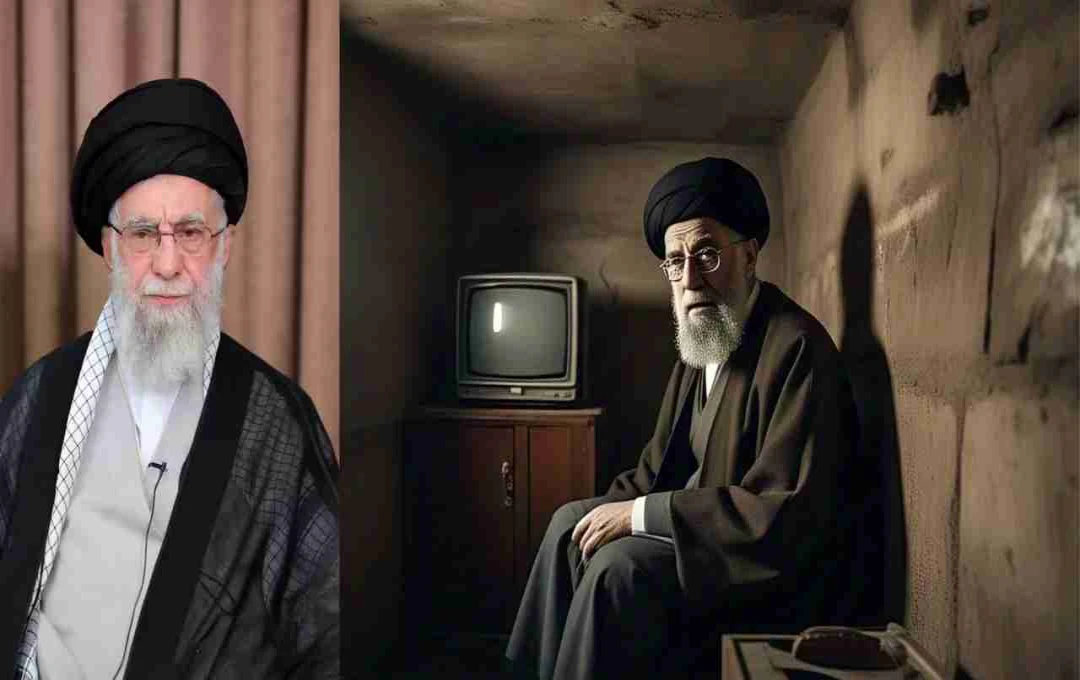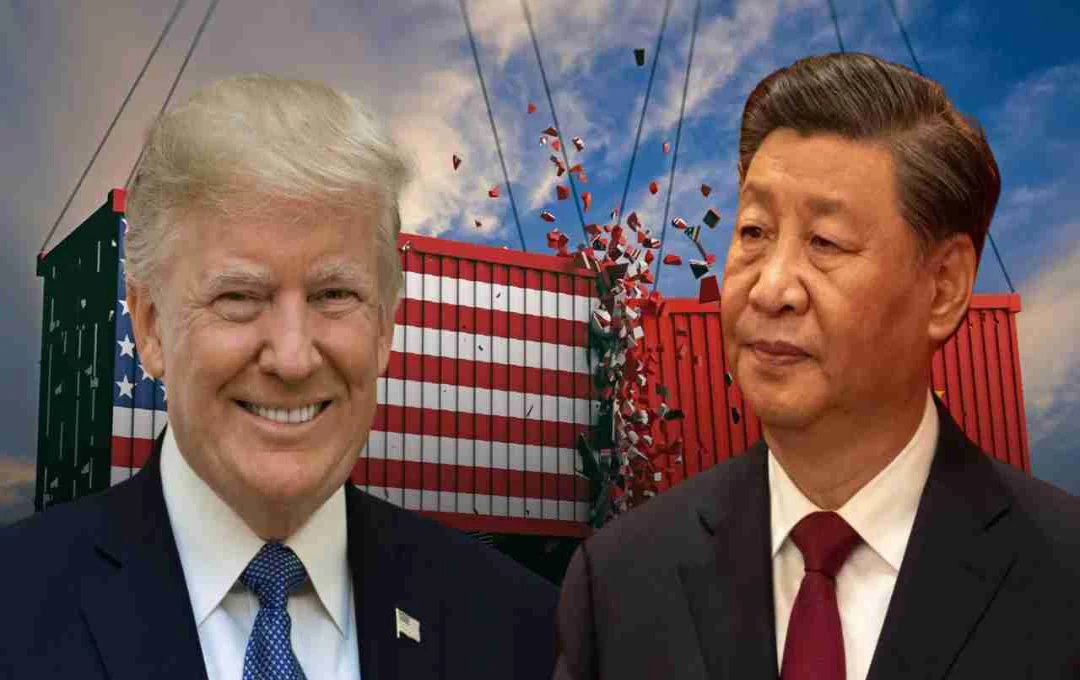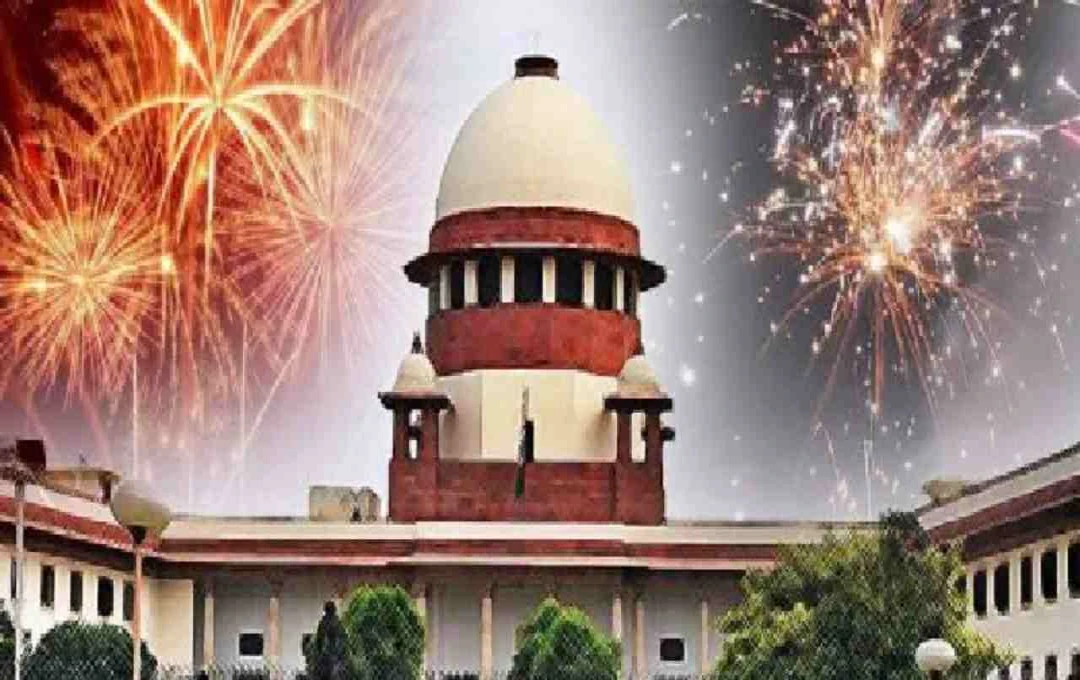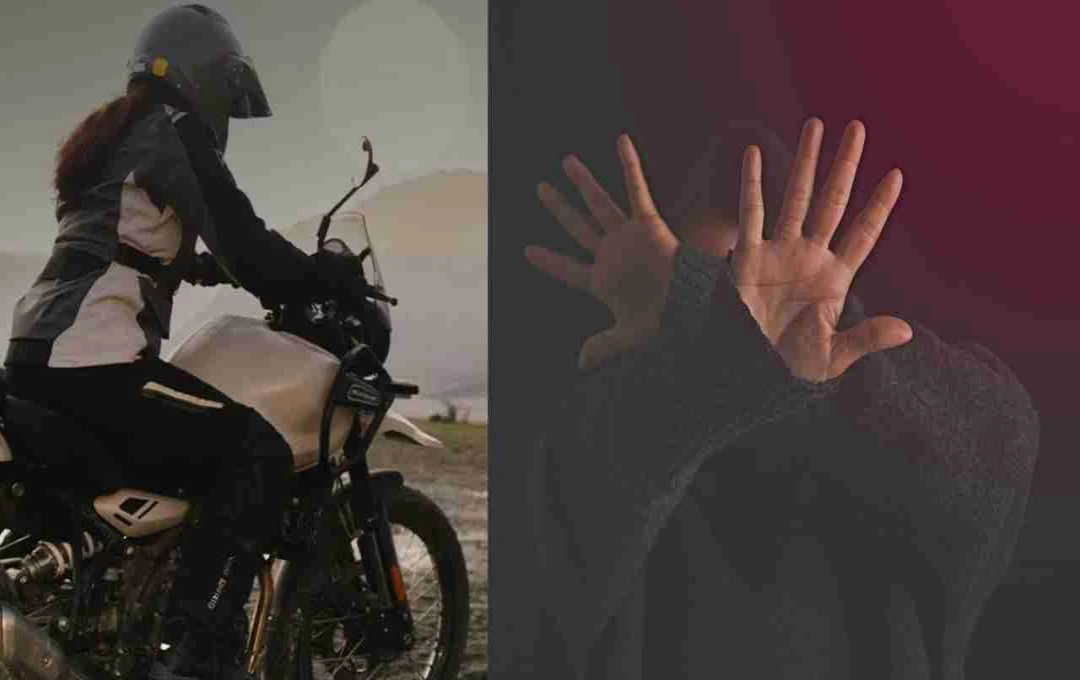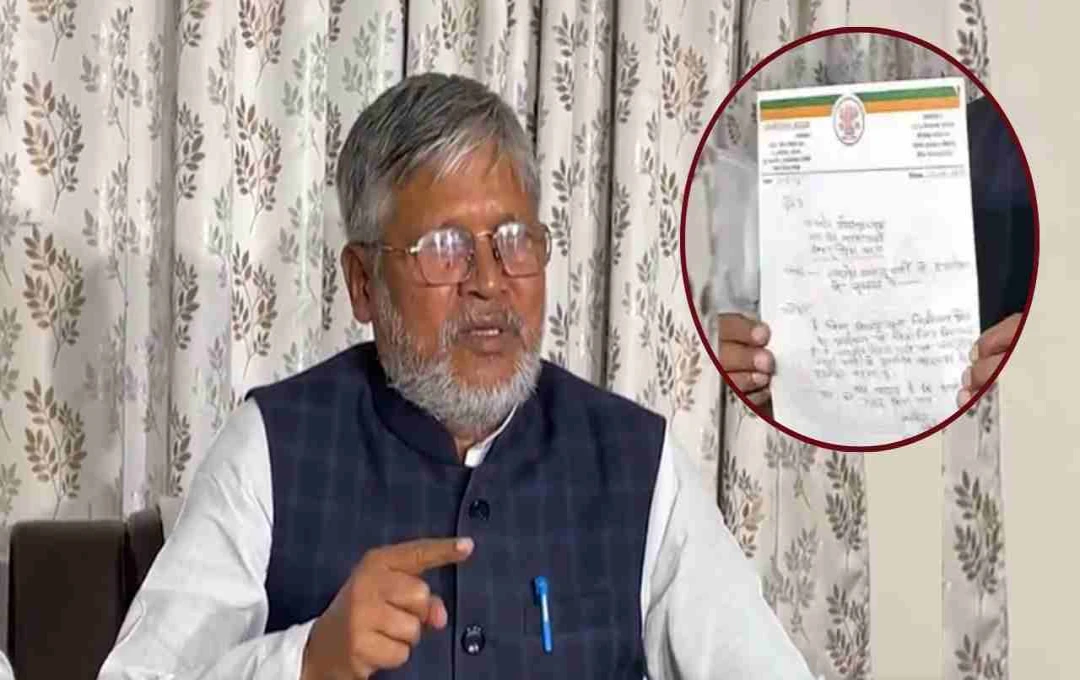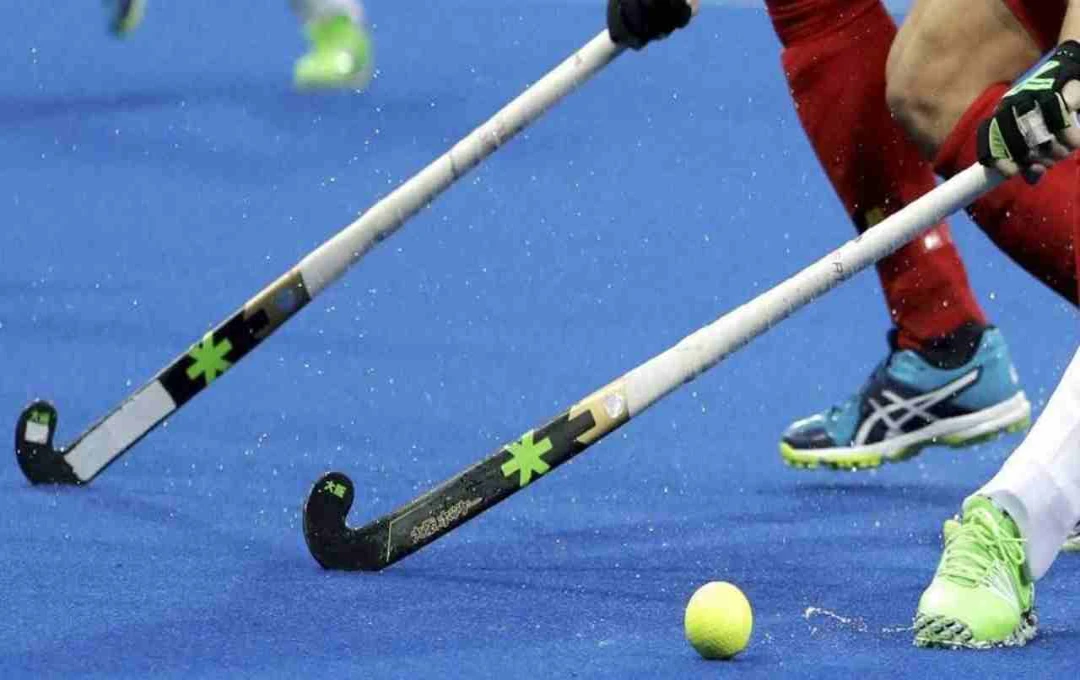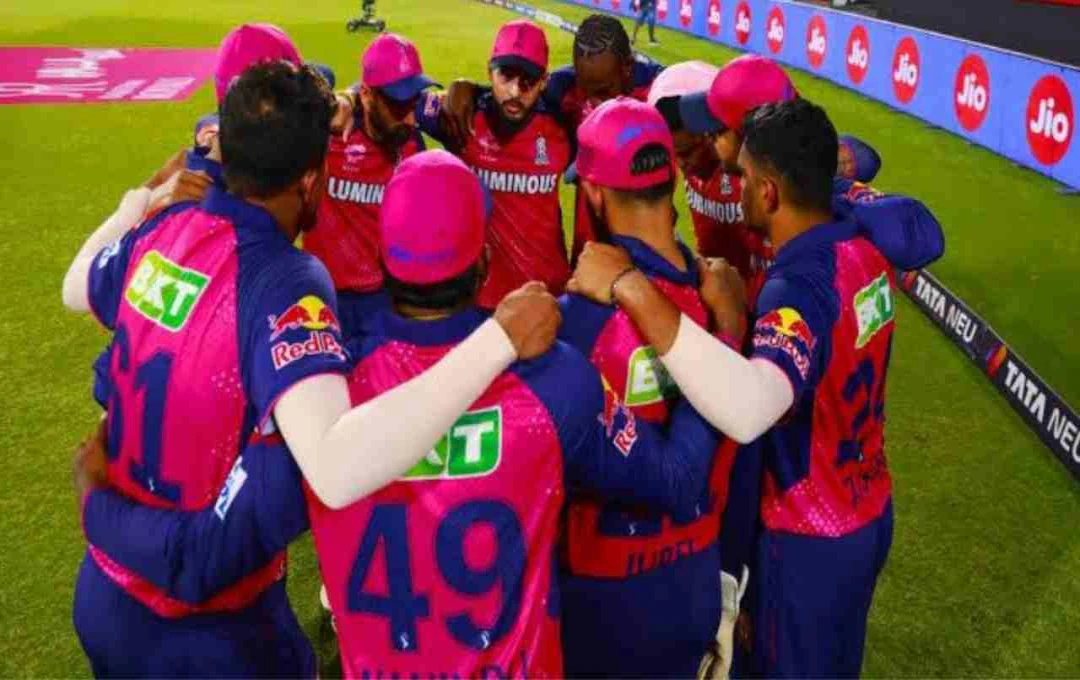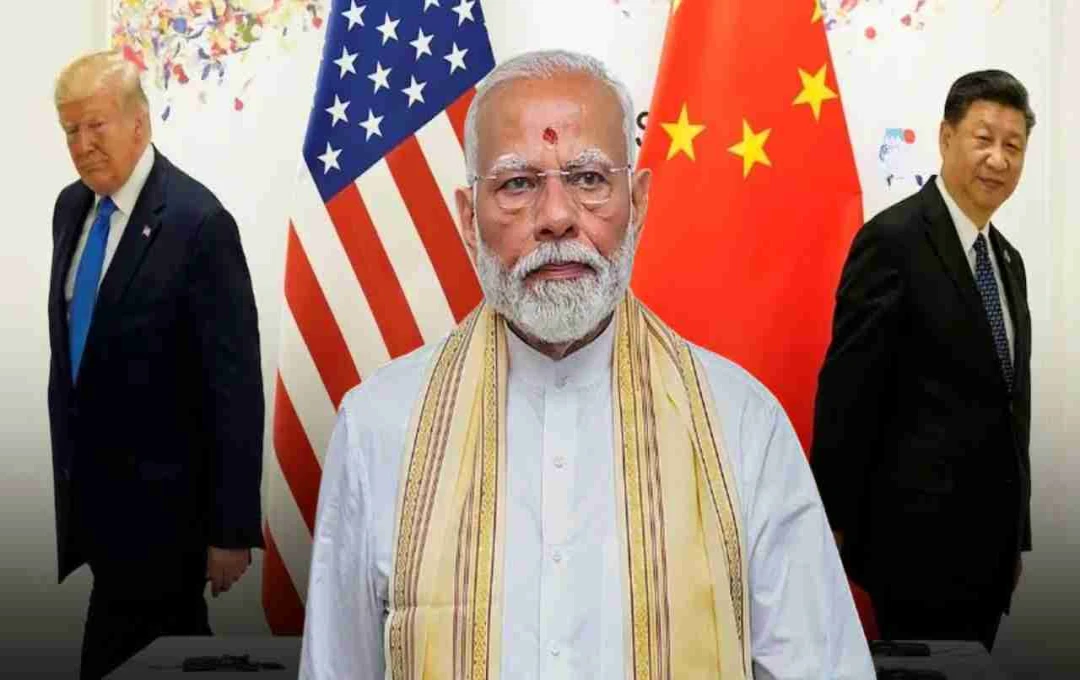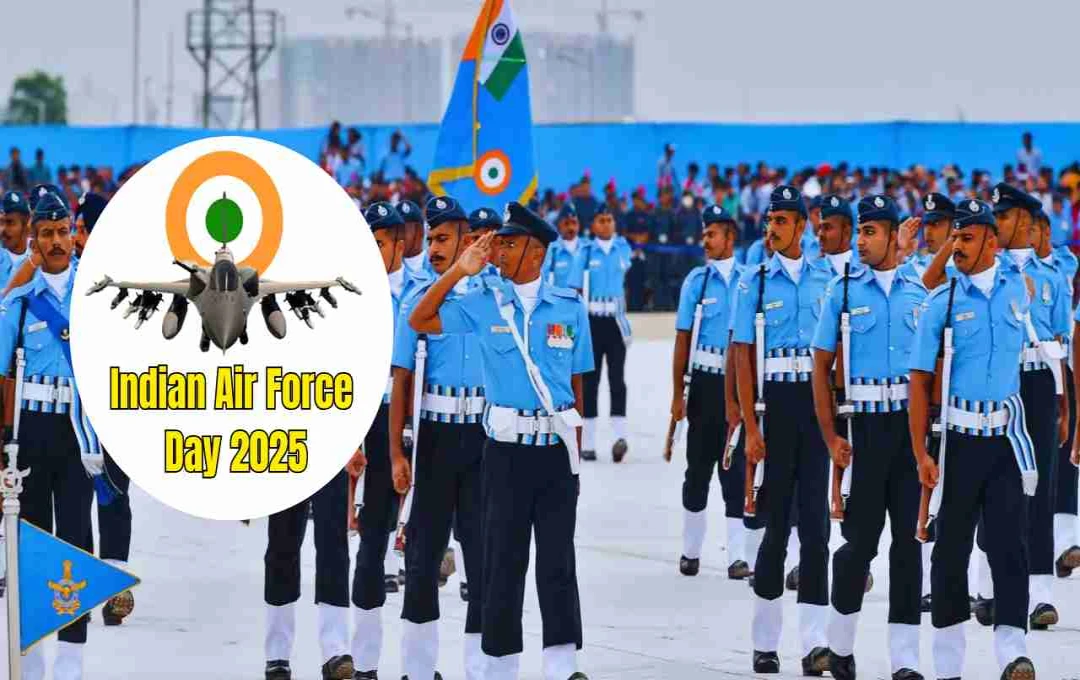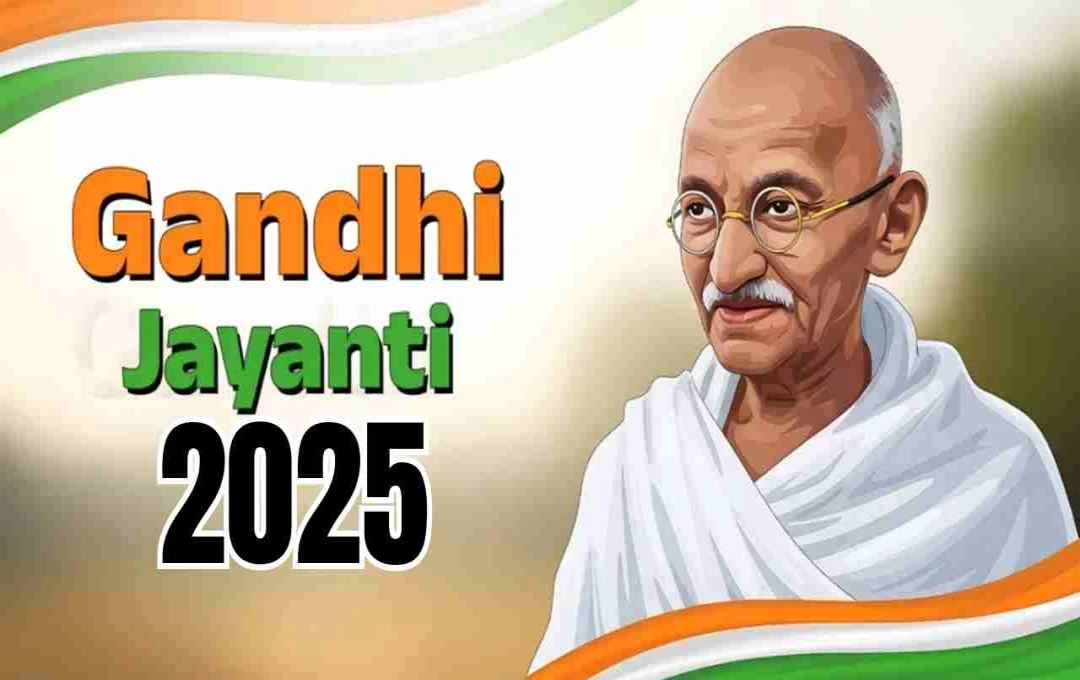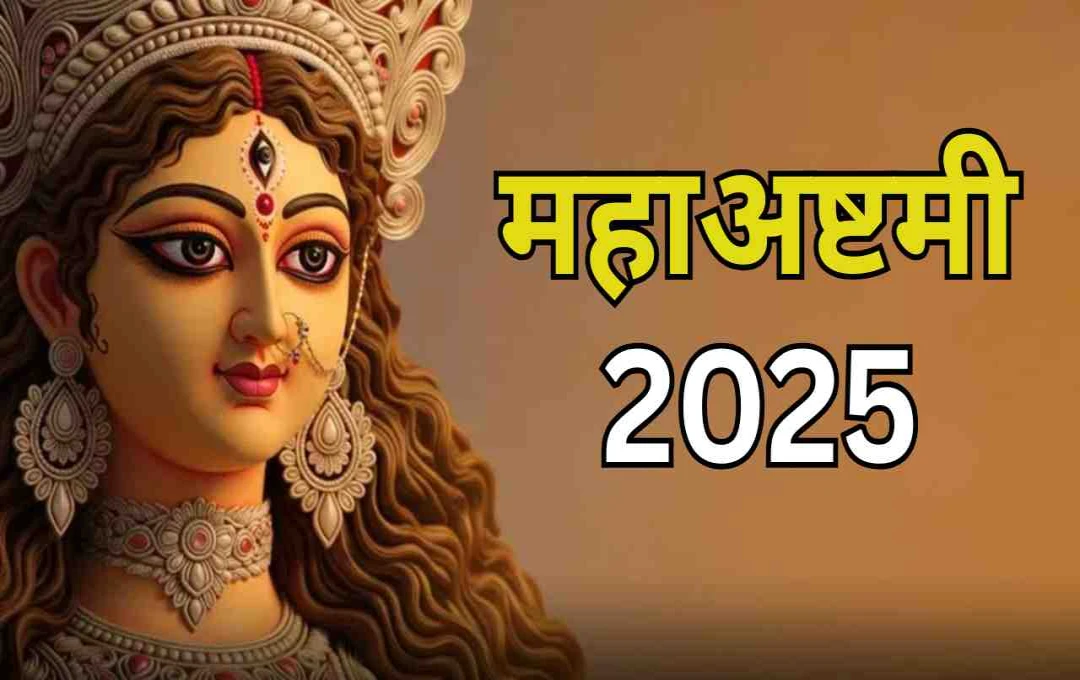After a 12-day silence, Iran's Supreme Leader Ali Khamenei appeared, but his speech lacked fervor. Experts believe his grip on power is weakening, and the succession debate is intensifying.
Iran: When Iran's Supreme Leader Ayatollah Ali Khamenei recently broke a 12-day silence and appeared on TV, the condition and demeanor he displayed raised several questions among experts and the public alike. The 86-year-old Khamenei looked tired. His voice was soft, and his speech lacked the energy for which he is known. Experts say this is the first time Khamenei has appeared so weak and helpless.
Dialogue from behind the camera instead of a public platform
Khamenei usually addresses the public from a public platform, with thousands of people gathered before him, chanting slogans and being inspired by his speeches. But this time, he appeared before the camera with a simple curtain. Behind him hung a picture of Ayatollah Khomeini, the leader of the 1979 Islamic Revolution. This scene indicates that he is now hesitant to appear openly.
Khamenei hiding in a bunker due to the threat from Israel
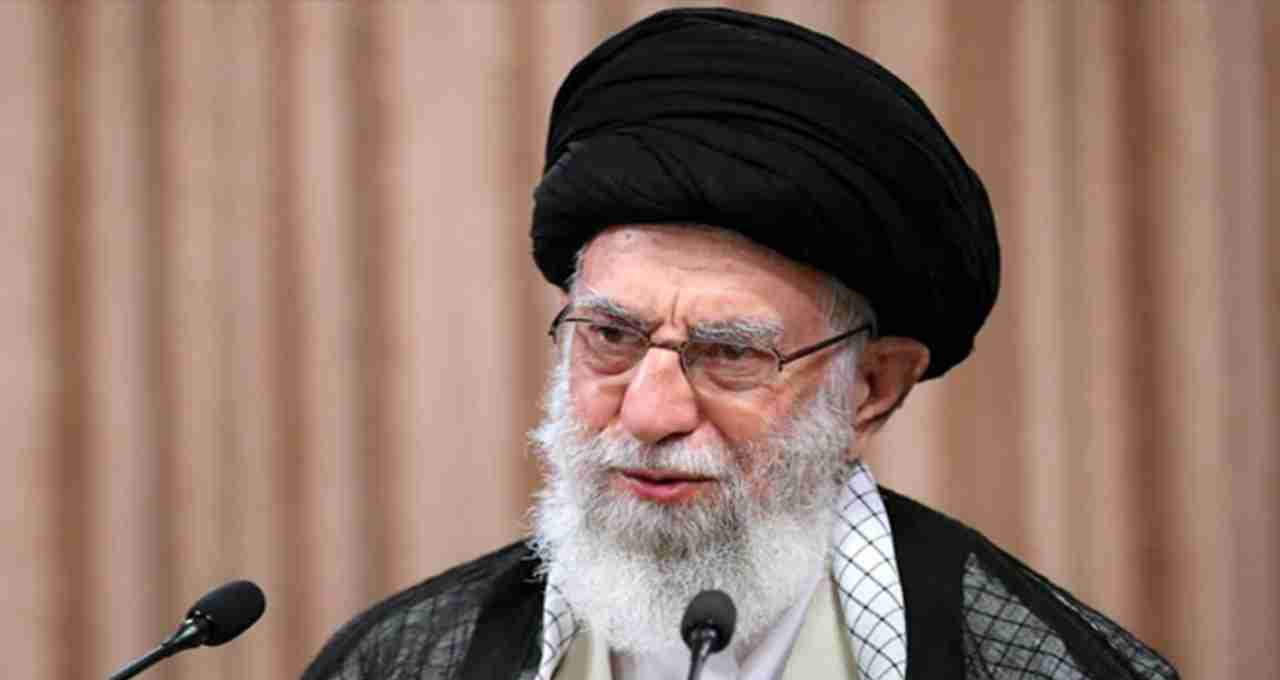
Due to increasing tensions and the possibility of war with Israel, reports suggest that Khamenei remained in a bunker throughout the entire conflict. He did not use any digital devices to prevent his location from being tracked. The Israeli Defense Minister also publicly stated that if given the chance, the Israeli army would not have hesitated to kill Khamenei. This makes it clear that even Iran's supreme authority no longer feels completely safe.
Political grip appeared to be weakening
According to Professor Thomas Juneau of the University of Ottawa, although the Iranian regime may not be on the verge of collapse immediately, its internal strength is not what it used to be. Questions have now been raised about Khamenei's credibility and effectiveness. The confidence in his decision-making ability and leadership that existed before is no longer visible.
Decentralization of power beginning?
According to reports from Iran International and The New York Times, Khamenei was not actively involved in the ceasefire decision-making process. These talks were handled by Iran's National Security Council and the new President Masoud Pezeshkian. If these reports prove to be true, it is a clear indication that power is now gradually slipping from his hands.
Decline in personality

Arash Azizi, a researcher at Boston University, says that Khamenei has now become just a shadow of his former self. His speech was weak, and he did not display the leadership power he once possessed. Now, power is being divided among various institutions and factions within Tehran, and internal conflicts over succession may intensify.
Several internal crises facing Iran
The growing economic crisis within the country, energy shortages, corruption, and inflation have further weakened Khamenei's credibility. Pro-Tehran groups such as Hamas and Hezbollah are also losing credibility internationally. The situation of Iran-backed Bashar al-Assad in Syria is also not as b as before. All these factors have weakened Iran's 'Resistance Bloc'.
In 2022-23, when protests erupted across the country against the strict dress code and the death of Mahsa Amini, Khamenei showed strictness in suppressing the movement. But this incident still tarnishes Khamenei's image and increases discontent among the youth.
Uncertainty over succession
Concerns about Khamenei's health are increasing. In 1981, he was injured in an assassination attempt, which rendered his right arm unusable. Still, there is no clear process regarding his successor in Iran. Public discussion on this issue is also virtually prohibited. In such a situation, his absence or weakening condition can destabilize Iran's political future.
